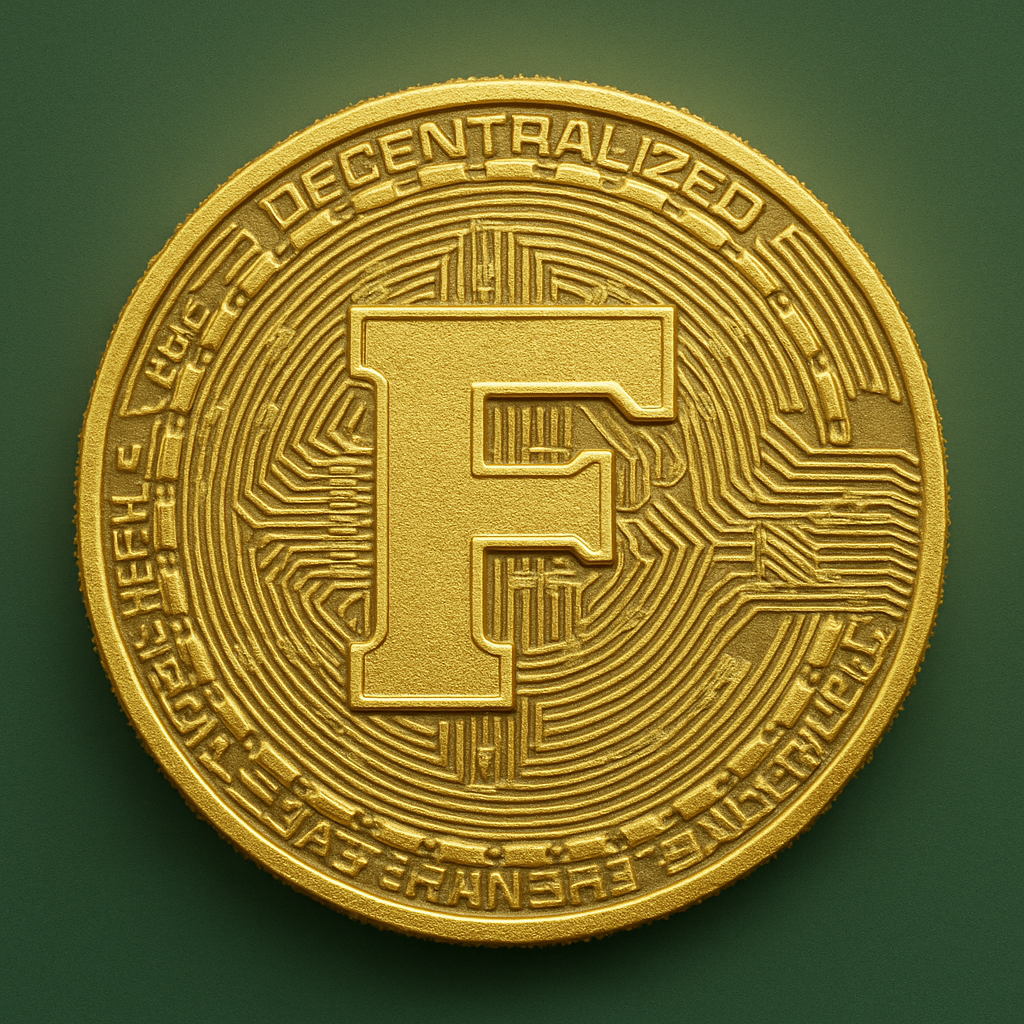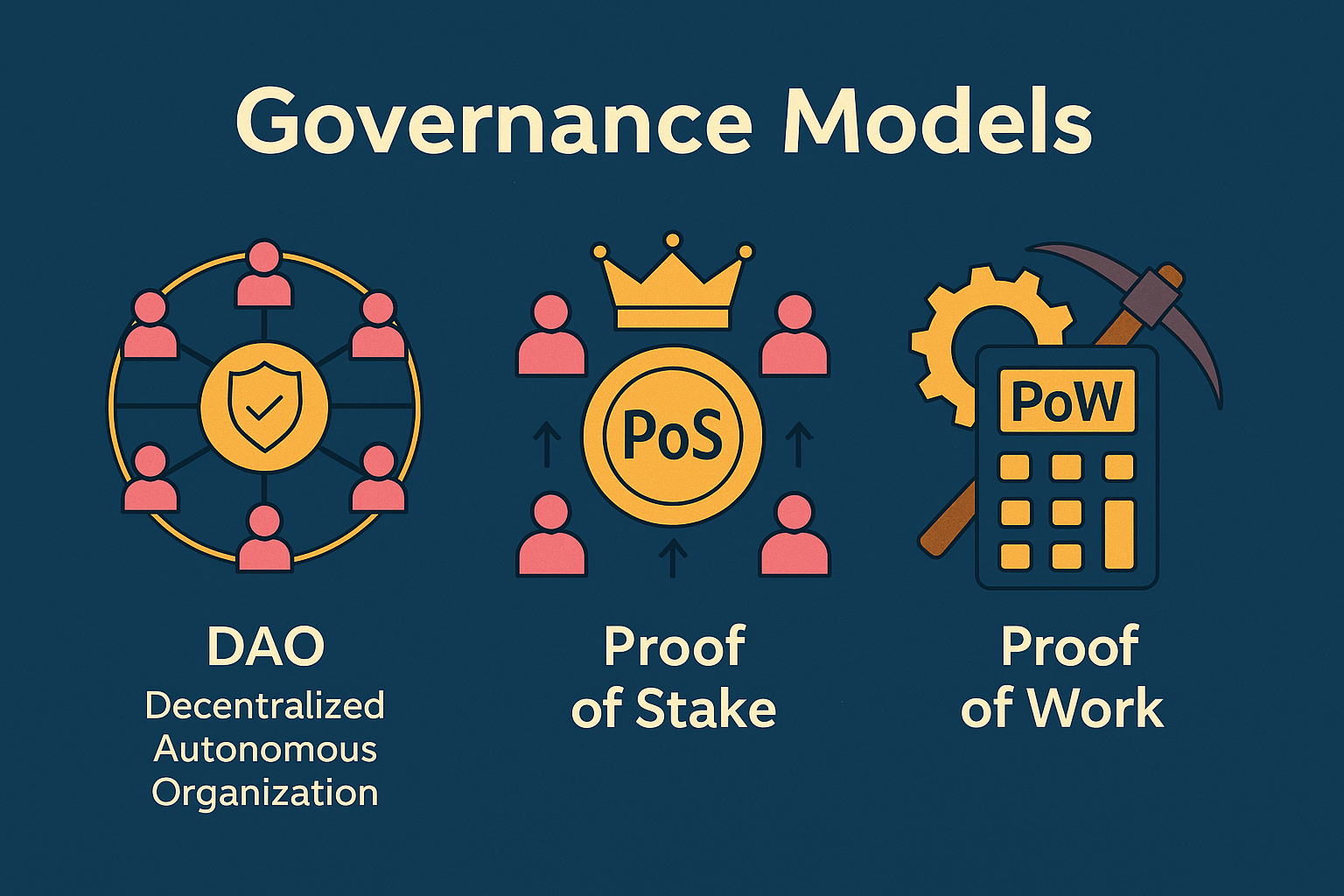
Lesson 4: Governance Models
Crypto World - Advanced Level
← Back to TopicsWhat is Governance in Web3?
Governance refers to how decisions are made within decentralized protocols or organizations. Instead of CEOs or boards, decisions are proposed and voted on by token holders or DAO participants.
Types of Governance Models
- Token-Based Governance: Each token equals one vote (e.g. UNI, COMP)
- Quadratic Voting: Vote power increases with tokens but with diminishing returns (used to reduce whale influence)
- Delegated Governance: Token holders vote for delegates who vote on proposals (e.g. ENS, Aave)
- Multisig Governance: A group of trusted signers must approve changes (used in early-stage DAOs)

Example: Uniswap DAO proposes to allocate funds from its treasury for new development. $UNI holders vote, and if approved, funds are automatically released by a smart contract.
Challenges
- 🐳 Whale domination: Few large holders can control votes
- 😴 Voter apathy: Most holders don’t vote
- 🤖 Governance attacks: Flash loans or bribed votes
Effective governance ensures transparency, decentralization, and community involvement in protocol evolution.
Next: Learn how real-world assets like real estate or commodities are entering crypto via tokenization.
Next Lesson →